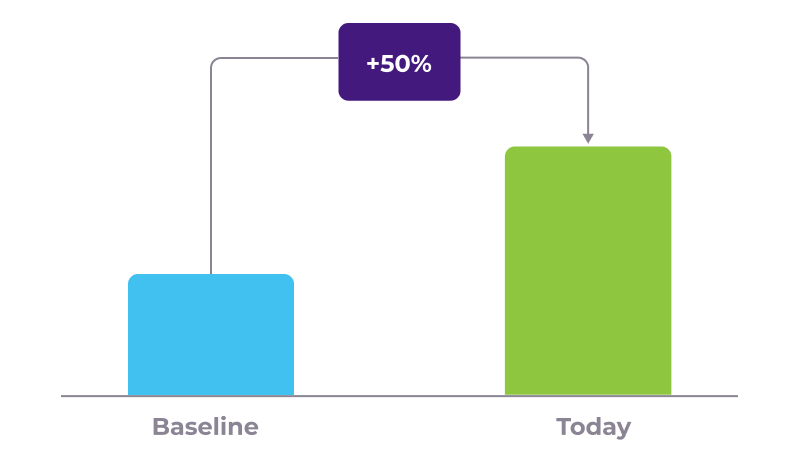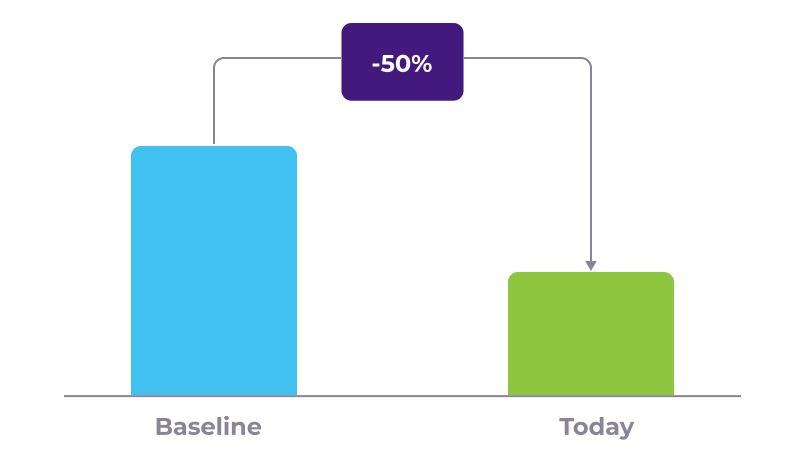Industry Context
With the rapid development of FinTech and WealthTech, the investment management industry has seen an increasing need for real-time data.
Technologies such as ML, AI, and Big Data are now playing a pivotal role when keeping companies, partners, and clients competitive while at the same time evolving the evaluation of investment opportunities, portfolio optimization, and risk mitigation.
It is imperative for organizations that provide risk assessment platforms and tools to streamline their data pipelines, optimize their digital products, and offer exceptional user experience to retain a competitive edge in such a fast-paced market.







